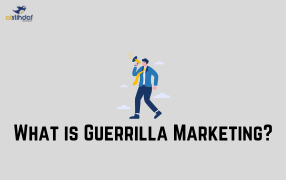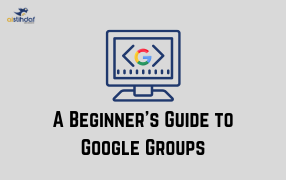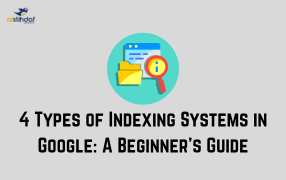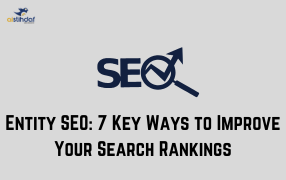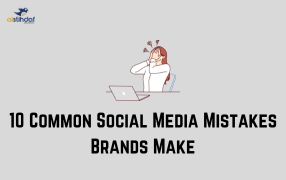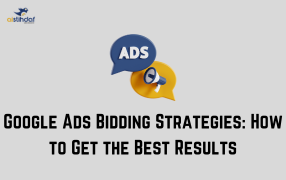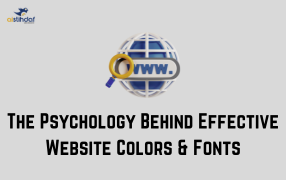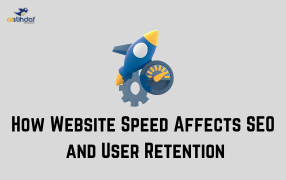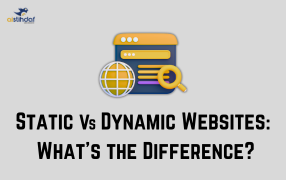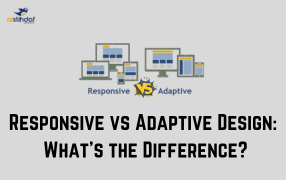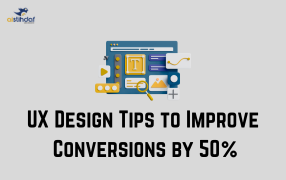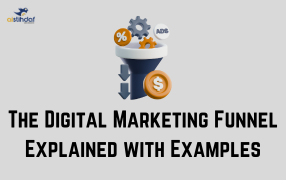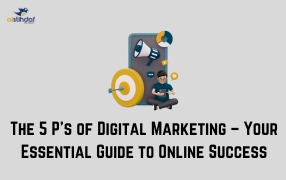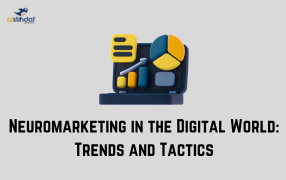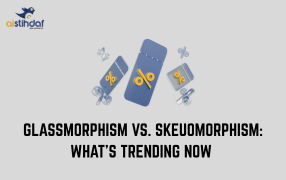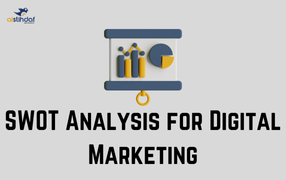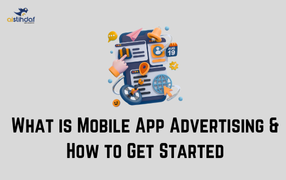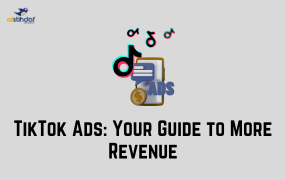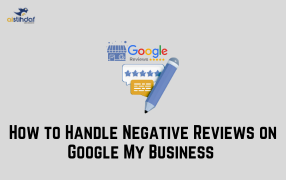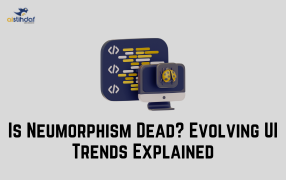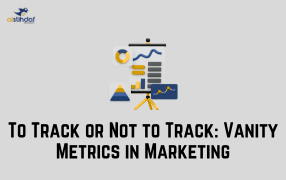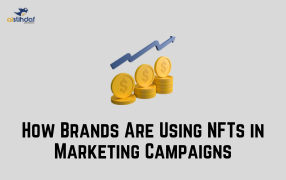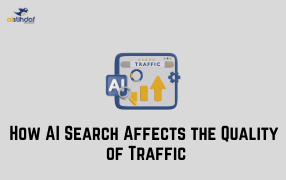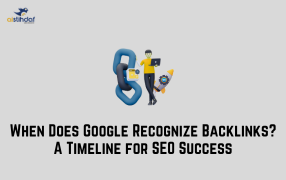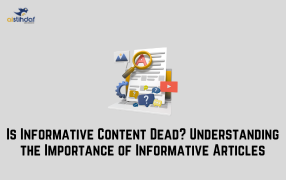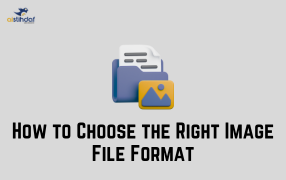
How to Choose the Right Image File Format
Images are an essential part of any website, social media post, or marketing campaign. They make content more engaging, tell stories visually, and attract attention. But did you know that the type of image file format you choose can affect your website’s speed, image quality, and overall user experience?
If you are new to digital design, this guide will help you understand the most common image formats and how to choose the right one for your needs.
1. Why Image File Formats Matter
Not all image formats are created equal. Some are great for high-quality visuals, while others are designed for smaller file sizes to make your website load faster. Choosing the wrong format can lead to blurry pictures or slow-loading pages—both of which can drive visitors away.
2. Common Image File Formats and Their Uses
JPEG (or JPG)
-
Best for: Photographs and realistic images
-
Advantages: Small file size, good quality at lower sizes
-
Disadvantages: Loses some quality when compressed (lossy compression)
When to use: Use JPEG for product images, banners, and social media posts where you need good quality but also want smaller file sizes.
PNG
-
Best for: Graphics, logos, and images with transparency
-
Advantages: Lossless compression (no quality loss), supports transparent backgrounds
-
Disadvantages: Larger file size than JPEG
When to use: Use PNG for logos, icons, and images where sharp edges or transparency are important.
GIF
-
Best for: Simple animations and very basic graphics
-
Advantages: Supports animation and transparency
-
Disadvantages: Limited color range (256 colors)
When to use: Use GIF for simple moving graphics or fun animations on your website or social media.
WEBP
-
Best for: Modern web usage
-
Advantages: Smaller file size than JPEG and PNG, supports animation and transparency
-
Disadvantages: Not supported by some older browsers
When to use: Use WEBP for faster-loading websites without compromising on quality.
SVG
-
Best for: Scalable graphics like logos and icons
-
Advantages: Can be resized without losing quality, lightweight
-
Disadvantages: Not suitable for complex images like photographs
When to use: Use SVG for responsive web logos, icons, and illustrations.
3. Tips for Choosing the Right Format
-
For photos → Use JPEG or WEBP.
-
For transparent images or sharp graphics → Use PNG or SVG.
-
For animations → Use GIF or animated WEBP.
-
For fast-loading websites → Consider WEBP for most images.
Conclusion
Choosing the right image file format is essential for maintaining visual quality while ensuring fast load times on your website. By understanding when to use JPEG, PNG, GIF, WEBP, or SVG, you can create a better online experience for your visitors. For professional guidance on designing visually stunning and performance-optimized websites, trust the best web designing company in Dubai to help you achieve the perfect balance between beauty and speed.




